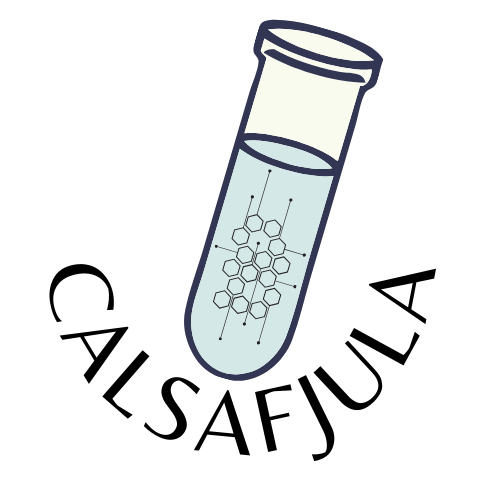The Funding Crisis in Public Health & Medical Research – How We Can Adapt & Support One Another
5 Minute Read

Federal budget cuts are reshaping public health and medical research in ways we cannot afford to ignore. With the NIH, CDC, and key public health programs facing major reductions, the ripple effects are immediate:
- Fewer medical breakthroughs due to halted research.
- Loss of life-saving community health programs (HIV prevention, mental health services, addiction recovery).
- Job losses affecting thousands of researchers, healthcare professionals, and community health workers.
It’s easy to feel frustrated and uncertain about the future. But we cannot let these setbacks define us. Instead, we must come together and take action to protect our communities and sustain scientific progress.
The Crisis at a Glance: How Federal Funding Cuts Are Affecting Us
🚨 Reduced Research Capacity
- NIH and CDC funding cuts are delaying research on cancer, mental health, rare diseases, and infectious diseases.
- Clinical trials are being stalled—slowing down new treatments and medical breakthroughs.
🚨 Erosion of Community Health Programs
- Cuts to HIV prevention, maternal health, and opioid treatment programs will disproportionately affect vulnerable communities.
- Less outreach and public education mean higher health risks for at-risk populations.
🚨 Loss of Jobs and Talent Drain
- Scientists, lab technicians, and public health workers are being laid off in large numbers.
- Some researchers are leaving the U.S. or moving to private industry, shrinking the pool of experts in critical fields.
🚨 Weakened Scientific & Community Partnerships
- Funding gaps are straining collaborations between universities, hospitals, and nonprofits.
- Shared resources are dwindling, making it harder for organizations to support one another.
📌 The bottom line? If we don’t act, these cuts will have long-term consequences for healthcare, equity, and innovation.
7 Solutions to Sustain Research & Public Health Programs Despite Budget Cuts
While the current situation is challenging, we have options. Here are seven key strategies that can help organizations, universities, and communities navigate this difficult landscape:
1. Diversify Funding Sources
🔹
How? Seek private-sector collaborations with biotech, pharmaceutical companies, and technology firms to support research.
🔹
Example: A university teams up with a tech company to fund AI-driven cancer diagnostics.
2. Optimize Existing Resources
🔹
How? Merge overlapping programs and research teams to increase efficiency while reducing costs.
🔹
Example: A community clinic integrates mental health and addiction services under one grant to sustain operations.
3. Leverage Grassroots Innovation
🔹
How? Host
hackathons, think tanks, and open competitions to crowdsource cost-effective solutions to healthcare challenges.
🔹
Example: A nonprofit holds a telehealth innovation challenge to expand access in remote areas.
4. Advocate Collectively for Policy Changes
🔹
How? Build coalitions of research institutions, hospitals, and nonprofits to pressure legislators for funding restoration.
🔹
Example: A national alliance releases data on how funding cuts affect health outcomes to mobilize public and policymaker support.
5. Build Sustainable Revenue Models
🔹
How? Develop
fee-for-service programs such as wellness workshops, diagnostic testing, and health education to create new revenue streams.
🔹
Example: A research lab offers biomarker testing to hospitals as a paid service to help subsidize funding gaps.
6. Strengthen Community Partnerships
🔹
How? Form alliances with
local governments, businesses, and nonprofits to share physical space, research staff, and community outreach programs.
🔹
Example: A university shares lab space with a community health clinic for joint cancer research.
7. Train an Agile Workforce
🔹
How? Provide cross-training so that scientists, clinicians, and staff can take on
multiple roles when needed.
🔹
Example: A hospital cross-trains nurses in public health outreach to support underfunded programs.
Final Thought: We Must Support One Another to Protect Public Health & Research
The impact of these budget cuts is undeniable—but so is our collective ability to innovate, collaborate, and find sustainable solutions.
We are in a defining moment for public health and medical research. Instead of waiting for a better funding cycle, we must act now to sustain critical programs, protect vulnerable communities, and keep innovation alive.
💡 How are you and your organization adapting to these funding changes? Let’s collaborate to find solutions together.
📩 If you need help building sustainable funding strategies, optimizing your resources, or structuring innovation challenges, email me at casim@calsafjula.com to schedule a meeting.









